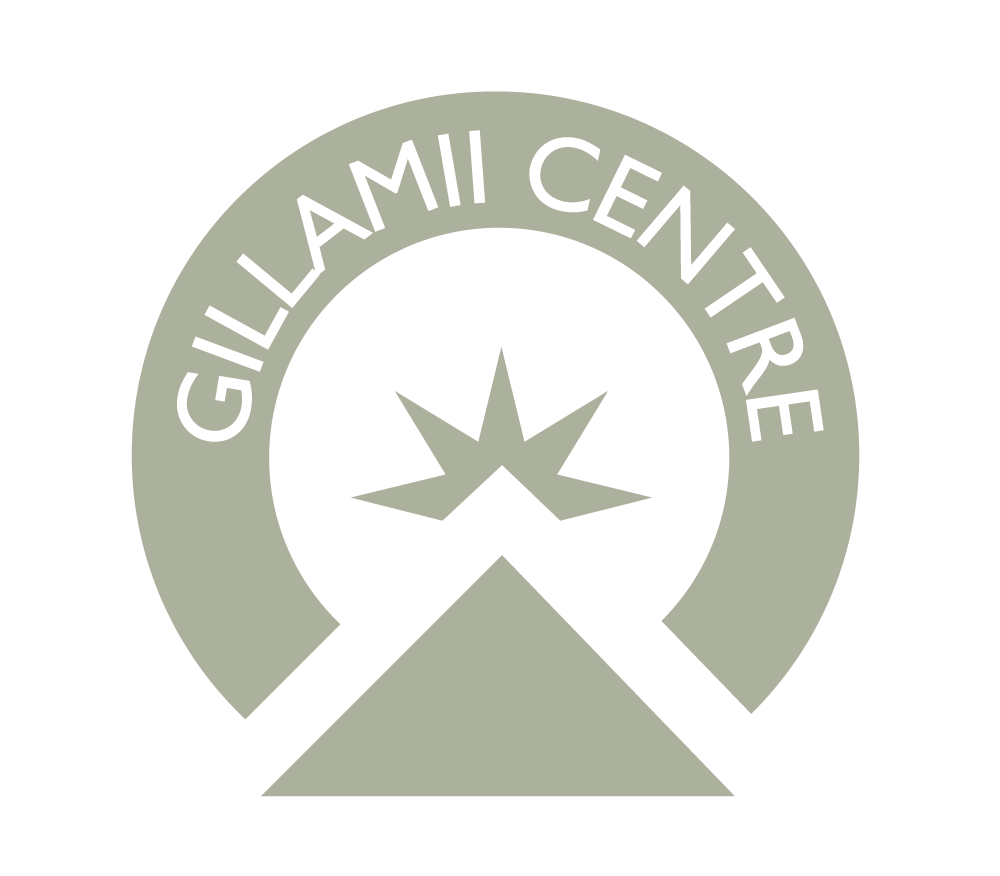
Our Direction
Our vision is to create “A Productive, sustainable, and resilient agricultural landscape”
Our purpose is “To lead, inspire & support, productive agriculture, rural communities and healthy natural ecosystems”.
Our Organisation & History
The Gillamii Centre was founded in 1994 by a group of passionate individuals who believed that there was a need for a community-based centre to promote and streamline natural resource management and sustainable agriculture initiatives. The formation of the group came after the amalgamation of LCDC Groups which were previously administrated through the WA Department of Agriculture.
The Gillamii Centre was named after local resident (1905-1989), Mr Alf Gillam, who held a passion for the conservation of the Cranbrook Bell (Darwinia meeboldii), was a founding member of the Cranbrook Conservation Group, and was awarded an Order of Australia medal for his work in conservation.
Today, Gillamii has a large data base of members and like-minded individuals interested in the management of our natural and agricultural resources. Whilst the two areas of Natural Resource Management and Agricultural Production are to some degree distinct, they are also inextricably linked. Primary producers, by the very nature of their business are managers of the land, and it is in their interest to protect, enhance and manage the natural resources within their control to the best of their ability to maximise both sustainability and profitability.
During our strong and successful history, we have attracted and implemented many millions of dollars’ worth of projects to support our community. To achieve this, The Gillamii Centre has worked with a range of stakeholders, notably farmers, local governments, CSIRO, Department of Primary Industries (DPIRD) and South Coast Natural Resource Management (SCNRM).
The Gillamii Centre’s operating area covers the entire Shire of Cranbrook and several localities within the Shire of Broomehill-Tambellup (Wansbrough, Dartnall, Bobalong, Borderdale, Moonies Hill, Dartnall, Lake Toolbrunup and Broomehill West).
Gillamii’s Operational Area encompasses the following localities:
Tenterden (6322)
Frankland River (6396)
Cranbrook (6321)
Wansbrough, Dartnall, Bobalong, Borderdale, Moonies Hill, Dartnall, Lake Toolbrunup (6230)
Broomehill West (6318)
And services the following main agricultural industries:
Broad acre cropping;
Mixed livestock and cropping;
Viticulture;
Intensive agriculture;
Perennial horticulture; and
Farm forestry
The organisation is managed by a dedicated committee of community members and a team of professional and passionate staff. The committee represent the interest of the community in delivery of positive Natural Resource Management (NRM) and production agriculture outcomes. The Committee is responsible for the strategic direction of Gillamii and meet annually to critically review the Strategic Plan (2015 – 2020).
Our Challenges
In 2017 the Gillamii Centre commissioned a Community Survey to better understand the challenges and needs of our community, the following production and environmental challenges were identified:
Production:
Soils
Non-wetting soils (water repellence), organics of forest gravels, soil acidity, trace element balance, soil biology.
Costs of production
Costs of doing business, chemical costs, cost price squeeze driving farming of larger areas for smaller return per hectare, market access and pricing (risks), loss of production (managing risk), margins, maximising return of input cots, maintaining high yields of cereals.
Water and salinity
Waterlogging, salinity, managing salt effected land, utilising wetlands, surface water management, arable land getting smaller.
Pests and weeds
Weed control, herbicide resistance, snails, vermin (foxes), slugs, biosecurity.
Sheep and livestock management
Lamb survival, drench resistance, animal health, low stock water quality, maintaining high quality wool and meat, worm control.
Climate and weather
Seasons, climate change, frost.
Human resources
Time, access to labour, poorly skilled work force.
Environmental:
Salinity and Waterlogging
Increasing areas of salinity, water logging, salinity, sustainable use of salt affected land.
Weeds and pests
Emus, kangaroos and feral pigs, environmental weeds (bridal creeper, cape tulip on road verge), snails, foxes.
Soils
Non-wetting soils, wind and water erosion, soil acidity, soil biology.
Climate and weather
Weather, climate variation, lack of irrigation water, drying climate.
Biodiversity
Bigger farms resulting in less concern for environment, loss of biodiversity, maintaining natural bush.
Surface water
Water management, drainage
Bluegums
Bluegum clearing and limited bluegum burning period
Costs of doing business
Less funds to work on environmental issues
Chemicals
Impact on environment of chemicals and artificial fertilisers.
External pressure groups
Trying to ban key income areas.
Our Strategic Direction
The staff and committee at the Gillamii Centre are committed to continuously developing ideas and investigating solutions to the above challenges. Gillamii seeks to do this by perusing funding from various sectors and collaborating with government agencies, research institutions, private industry and organisations alike to improve the condition of the agricultural landscape for current and future generations.
Our work focuses on the following three pillars:



